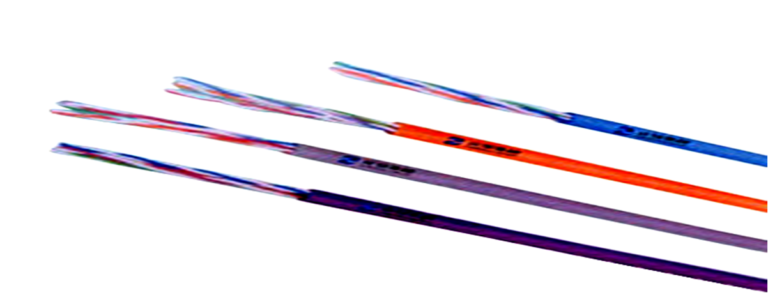Electrical control circuits in circuit breakers play a crucial role in the safe and efficient operation of power systems. These control circuits are responsible for opening and closing the circuit breaker contacts when necessary, providing protection against overcurrents and other faults. In this discussion, we will detail the key components and functions of electrical control circuits in circuit breakers:
Trip Coil:
- The trip coil is the primary component responsible for opening the circuit breaker contacts. It is typically an electromagnet that generates a magnetic field when energized.
- The coil is connected to a control circuit, and when a fault or overcurrent condition is detected, the control circuit sends a signal to energize the trip coil, causing it to generate a magnetic force that overcomes the mechanical latching mechanism and opens the breaker contacts.
Control Circuit:
- The control circuit is the brain of the circuit breaker. It receives signals from various protective devices, such as relays or sensors, which monitor the electrical parameters of the system.
- When a fault or abnormal condition is detected (e.g., overcurrent, short circuit, or ground fault), the control circuit processes this information and determines whether the breaker should trip.
- The control circuit also includes timers and delay mechanisms to prevent nuisance tripping due to transient disturbances.
Protection Relays:
- Protection relays are devices that sense electrical abnormalities and send signals to the control circuit when predefined conditions are met. There are various types of protection relays, including overcurrent relays, differential relays, and distance relays, each designed for specific protection functions.
Shunt Trip Coil:
- Some circuit breakers are equipped with a shunt trip coil, in addition to the main trip coil. The shunt trip coil allows remote tripping of the breaker by sending an electrical signal to trip the breaker intentionally without waiting for a fault condition.
- Shunt trips are often used for safety or maintenance purposes, where it is necessary to disconnect power remotely.
Undervoltage Release (UVR):
- An undervoltage release mechanism is used to prevent a circuit breaker from automatically closing if the supply voltage falls below a specified level.
- It ensures that the circuit breaker remains open when voltage is insufficient to operate connected equipment safely.
Closing Coil
- The closing coil is responsible for closing the circuit breaker contacts. It is controlled by the operator or an external control system.
- When the closing coil is energized, it generates a magnetic force that pulls the contacts together, allowing the circuit to be closed.
Anti-Pump Relay:
- The anti-pump relay prevents the repeated automatic closing of the breaker after it has tripped due to a fault condition. It ensures that the circuit breaker remains open until manually reset or an authorized operator initiates the closing operation.
Indicator Lights and Alarms:
- Control circuits often include indicator lights and alarms to provide visual and audible indications of the circuit breaker’s status. This helps operators and maintenance personnel quickly identify any issues.
Communication Interfaces:
In modern electrical distribution systems, circuit breakers may also include communication interfaces, such as Ethernet or Modbus, to enable remote monitoring and control, as well as integration with supervisory control and data acquisition (SCADA) systems.
Summary
In summary, electrical control circuits in circuit breakers are essential for ensuring the protection and reliable operation of electrical power systems. They incorporate a combination of electromechanical components, protection relays, and control logic to detect faults, trip the breaker when necessary, and provide operators with information about the breaker’s status. These control circuits contribute to the overall safety and efficiency of electrical distribution systems.


